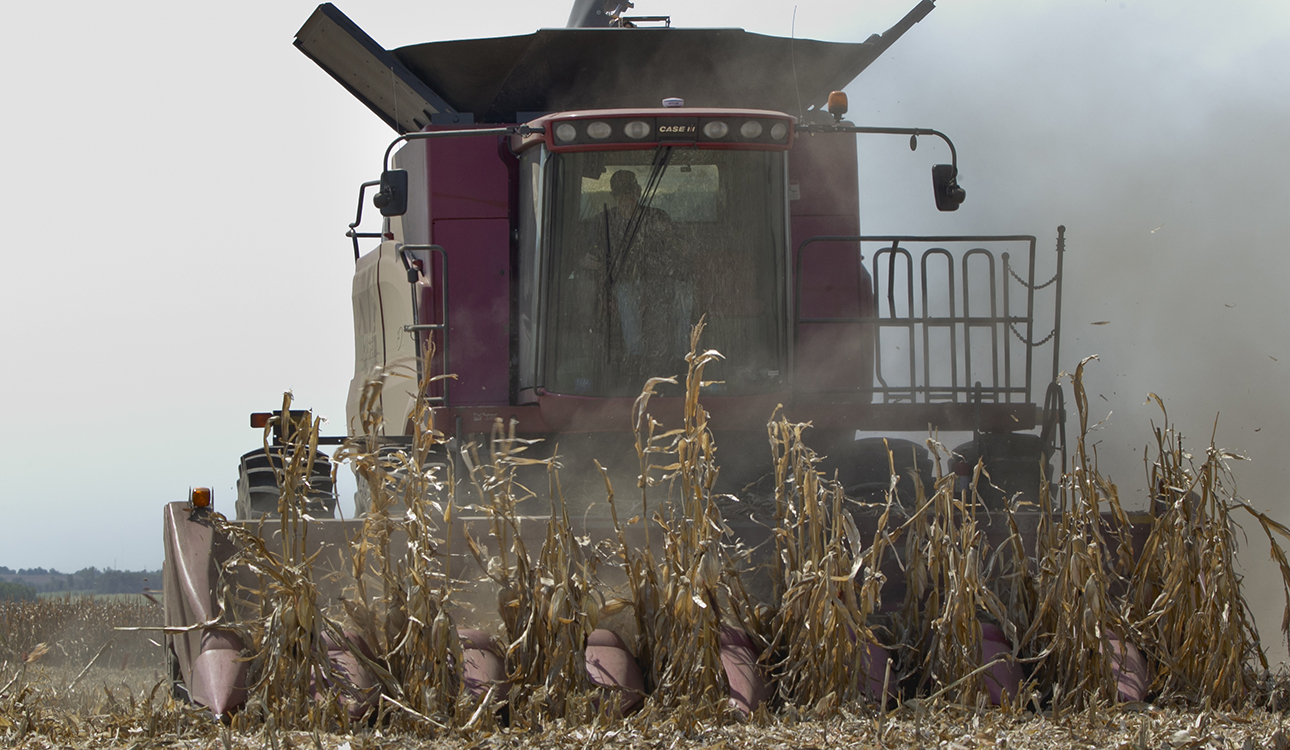

The Washington Post
Hog farmers are slaughtering animals at the fastest pace since 2009 as a surge in feed costs spurs the biggest losses in 14 years, signaling smaller herds next year and a rebound in pork prices.
The 73.3 million hogs processed in eight months through August were the most in three years, U.S. Department of Agriculture data show. Pork supply will drop to the lowest per-capita since 1975 next year, the USDA estimates. Hog futures that fell more than any other commodity since June 30 may surge 39 per¬cent in 12 months to as high as $1.055 a pound, based on the median of 12 analyst forecasts compiled by Bloomberg.
Crop damage from the worst U.S. drought since 1956 sent corn-feed prices surging to a record last month and may mean losses of about $44 a head for hog farmers in the fourth quarter, the most since 1998, Purdue University estimates. Two producers in Canada filed bankruptcy petitions this month. While the acceleration in slaughtering is boosting supply the owner of Hardee’s and Carl’s Jr. fast- food chains, expect higher prices in 2013 as herds shrink and U.S. exports rise.now, buyers including CKE Inc.,
“We’re going to see more consolidation in the industry,” said Mark Greenwood, who oversees $1.4 billion of loans and leases to the hog business as a vice president at AgStar Financial Services Inc. in Mankato, Minn. “It’s only go¬ing to get worse on the higher feed prices.”
Futures on the Chicago Mercantile Exchange fell 20 percent since June 30, the biggest drop among 24 commodities tracked by the Standard & Poor’s GSCI Spot Index, which rose 11 percent. The MSCI All-Country World Index of equities gained 7.7 percent this quarter and Treasuries returned 0.2 percent, a Bank of America Corp. index shows.
A pig eats 10 bushels of corn to reach a slaughter weight of about 270 pounds, the University of Missouri at Columbia estimates. Corn futures rose 47 percent since mid- June after the USDA predicted the drought will cut domestic output by 13 percent. Prices reached a re¬cord $8.49 a bushel in Chicago on Aug. 10.
Producers may receive about $56 per hundredweight for hogs in the fourth quarter, and the cost of production is estimated at about $72.29 per hundredweight, said Chris Hurt, an agricultural economist at Purdue University in West Lafayette, Ind. That means farmers may earn about $151.20 for a 270- pound hog that cost about $195.18 to produce.
Hog farmers will see “huge amounts of red ink” in the fourth quarter, said Jim Robb, the director of the Livestock Marketing Information Center, which is funded by the industry, universities and government. Fewer sows will be kept for breeding, cutting output and tightening pork supply, he said. That will raise both wholesale and retail prices to records by the second half of 2013, Robb said.
Prices for now are retreating, with wholesale pork costs tracked by the USDA tumbling as much as 25 percent since June 25 to the lowest in almost two years on Sept. 19. Hog slaughtering climbed 2.8 percent in first eight months of the year, the most since 2009, when farmers sought to shrink herds amid weaker demand following the global recession and the out¬break of the H1N1 virus, known as swine flu.
The 12 percent drop in corn prices from a record last month, and the prospect of bigger harvests next year, may encourage some hog farmers to slow their herd reduction. Slaughter rates in the five weeks through Sept. 1 rose less than 5 percent from a year earlier. That may leave enough sows to accelerate production once feed costs have come down enough, Rachel J. Johnson, a USDA economist, wrote in a Sept. 18 report.
Meatpackers processed an estimated 79.735 million hogs in this year through Sept. 22, 2 percent more than a year earlier, government data show. Animals sold at slaughterhouses fell to 63.58 cents a pound on Sept. 14, the lowest since Nov. 26, 2010. Prices retreat¬ed 8.5 percent this year.
Lean-hog futures for July de¬livery are trading at 97.725 cents a pound, compared with 75.875 cents for this December, a sign traders are already anticipating fewer supplies next year. Per-capita pork supplies will shrink to 45.2 pounds next year, the lowest since 1975, the USDA estimates.
Hog producers are retaining fewer gilts, or young females that haven’t had a litter yet, reducing the number available to replace older sows, said Rich Nelson, the chief strategist at Allendale Inc. in McHenry, Illinois, who has tracked the market for about 15 years.
Brad Hennen, a hog producer in southwest Minnesota, is reducing the size of his business because costlier feed and declining prices for weaned pigs. While he generally markets as many as 15,000 pigs annually, he expects to sell no more than 6,000 this year.
“It could easily get worse than that,” said Hennen, who has been raising hogs since 1987.
1





